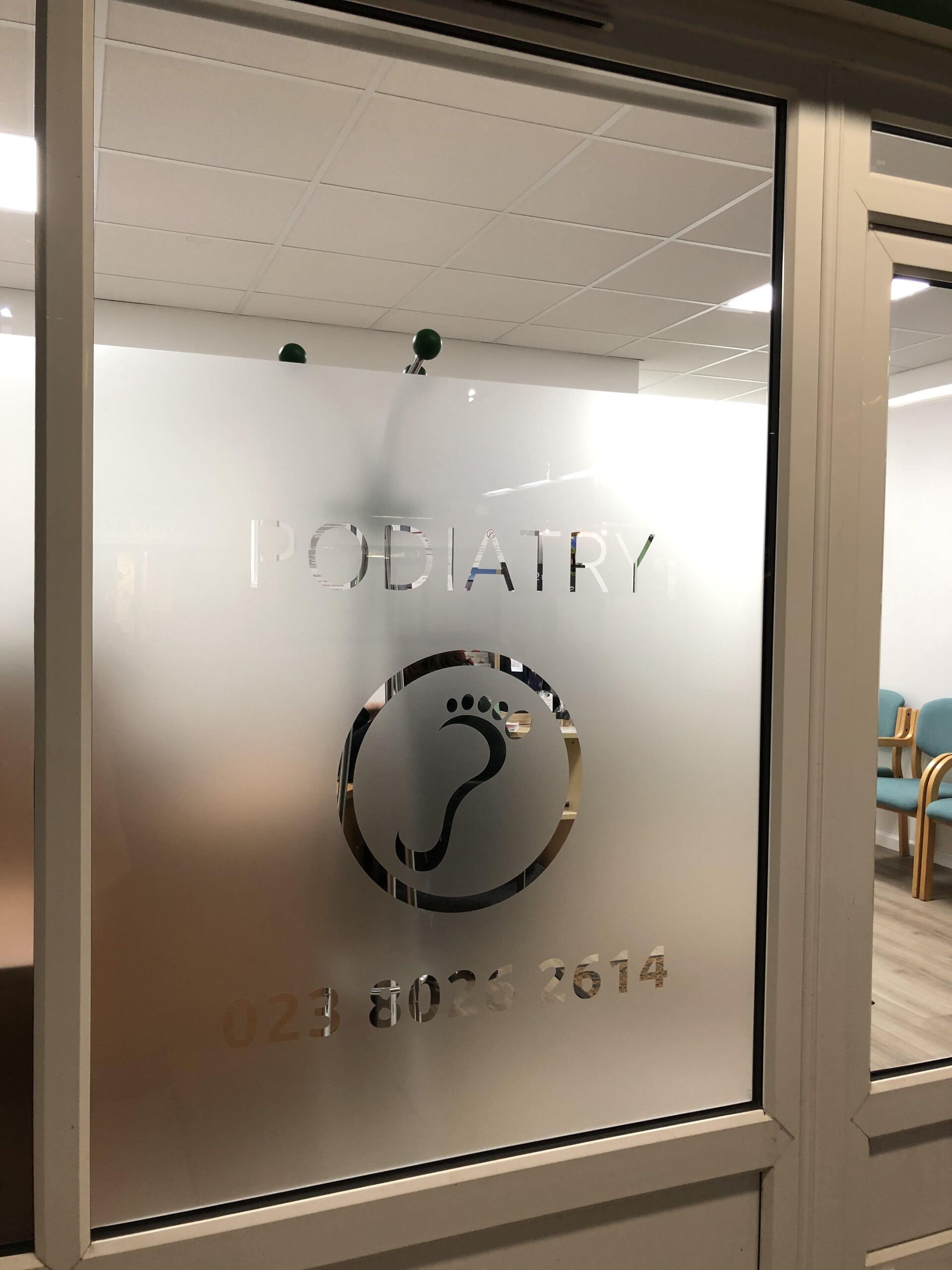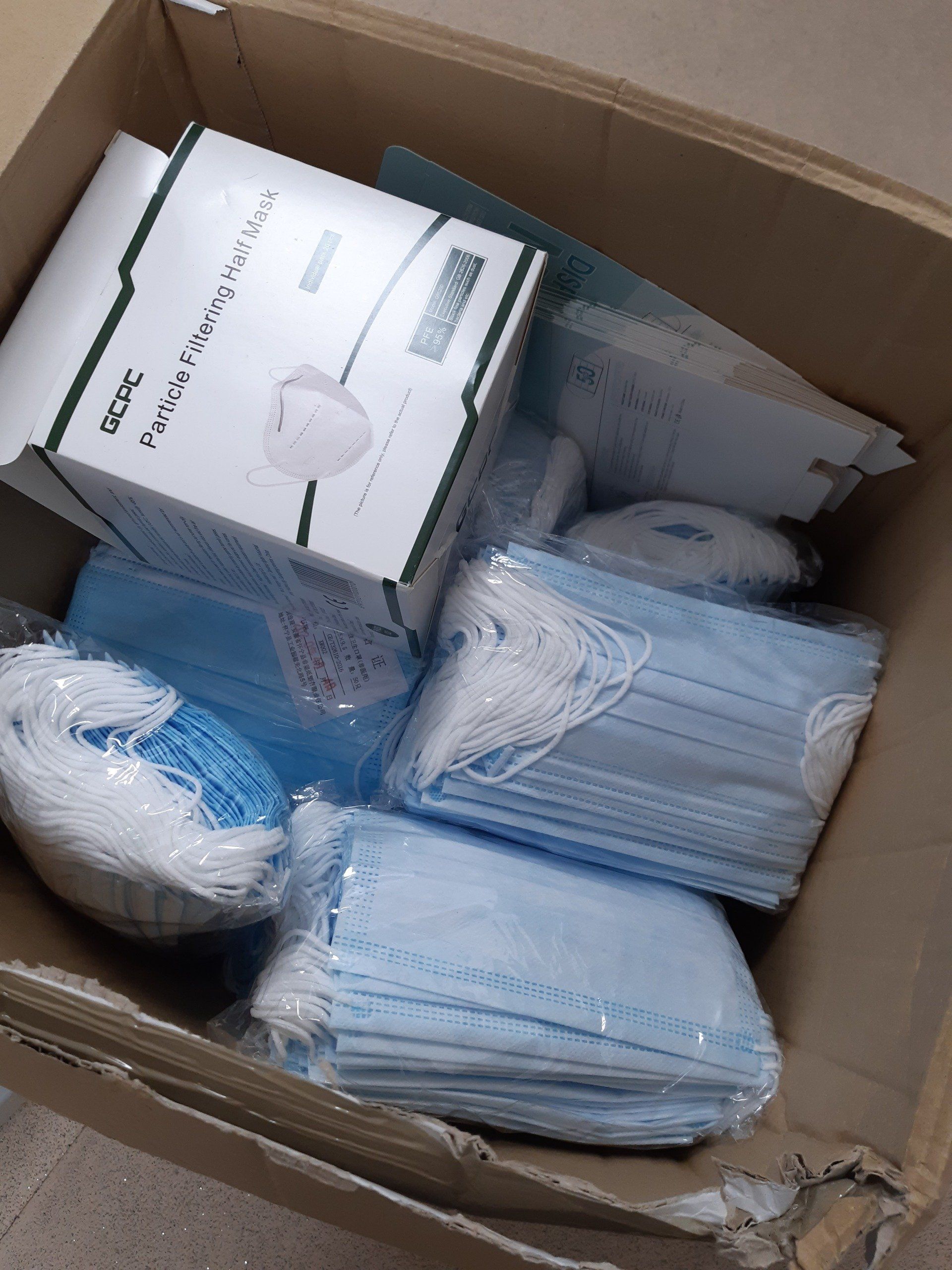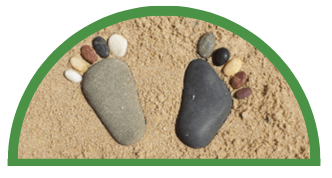BLOG

Know your limits I'm sure you've heard this many times before if you have arthritis, but one of the most important steps into managing your pain is caring for yourself. Every person has different limits, and working out how to pace yourself with activities can be tough but its also important to remember that you won't learn it overnight. It takes time to work out what your limits are so don't be hard on yourself if you don't get it right first time (or second or third!). One way of knowing what your limits are is by thinking about activities in 'spoons', which is a method that can be used by those suffering from any chronic illness. You can find the theory here . Make a self-care box Another good practice is to keep items in one place that you know are helpful for you when you have a flare or are in more pain than usual. Things we'd recommend keeping in your self-care pack are things that you treat yourself to when you don't feel your best. These can include: your favourite hot drink; films or books that make you feel comforted; and a hot water bottle/microwavable wheat bag, if you find heat helps with pain. In times where you're in an increased amount of pain, its especially important to give yourself permission to rest. Don't be afraid to ask for help It can often seem daunting to ask for help from anyone, whether they're friends and family or a medical professional, but its important to ask for help if and when you need it. Living with a chronic condition and needing to ask for help can often feel like you're burdening other people with requests as there is no quick fix for arthritis. If you struggle with these thoughts on a regular basis, it may be wise to seek counselling or help from another medical professional, as these people are trained and employed for this very reason. It's never too late to start again It may be overwhelming to live with arthritis, with the knowledge that your condition will not just 'go away'. Despite this, its important that you know, however many times you have flares or crash, you can build yourself up again. Those living with arthritis are much more resilient than often they realise. It's important to remember that as much as the pain may get you down, and it seems impossible to begin again, small steps of progress are still progress! This advice has come from a sufferer of arthritis, although it is based on personal experience rather than academic research. For more information on arthritis please visit versusarthritis.org/

The most common cause of blisters appearing is rubbing, this can be due to poorly-fitting footwear, 'breaking in' new shoes or thick seams at the toe area of socks. When blisters occur, they appear like a bubble of fluid on the area where the rubbing has been. Blisters are often painful and can affect daily activity until they are healed (if they don't heal, as always, we'd recommend you see your podiatrist). Prevention In order to prevent blisters developing, it is very important that your feet are comfortable. The best way to achieve this is to have shoes that fit well, if the shoes are the wrong size this will significantly increase the risk of rubbing. Shoes that are too short or narrow are likely to rub as your foot is tight against the material of the shoe; shoes that are too wide or long can also cause blisters as your foot falls toward the toe of the shoe and this causes the foot to rub against the excess material of the shoe. If you're unsure how to find shoes the correct size for you or you're getting blisters caused by your current shoes, you can get your feet measured by a trained professional as they can measure your foot size and advise on the correct shoe for your feet. Some podiatrists are able to measure feet, although we'd recommend you look for your local shoe shop that is a member of The Society of Shoe Fitters. Managing blisters The level of treatment needed for blisters is dependent on any pre-existing conditions you may have that affect your body’s ability to heal or fight infection. Our top advice for treating blisters is to keep them clean and dry, whether the blister has burst or not. If your blister has not burst, please DO NOT burst it. Bursting the blister can leave it more vulnerable to bacteria and infection. If your blister has already burst, it is best you wash your hands before cleaning it, cover it with a soft plaster and keep it as dry as you can. To make sure it is clean, you can use saline solution if you wish; you can make this at home using 250ml boiling water and 1/2 tsp of salt, then letting it cool so it is cold enough to apply to the skin. DO NOT apply saline solution if it is too hot for your skin. It is especially important to keep an open blister that has burst clean and dry, as there is a higher risk of infection.

1. Ingrowing Toenails Ingrowing toenails can occur as a result of poorly cut or torn nails, ill-fitting shoes or accidents that cause damage to the nail. This is an issue which needs to be seen by a medical professional (a.k.a your podiatrist) as if you try and fix it yourself it can lead to infections! Your podiatrist will give the option of managing the ingrowing nail through cutting and filing in order to prevent infection, or they will recommend nail surgery. Nail surgery has a success rate of 95% (Eekhof et al., 2012) either part of the toenail or the whole toenail will be removed depending on the severity of damage! 2. Verrucas Verrucas are caused by a viral infection, they sit in the top layer of the skin and can cause pain & discomfort. There are numerous over-the-counter treatments you can obtain, but you'll need one with salacylic acid for it to be most effective (instructions must be followed to avoid damage to good skin) . If your verruca is particularly painful or has been there for 2 years or more, we'd recommend seeing a podiatrist. There are a number of treatments available at the clinic, including Swift ( https://treatverruca.com ), Falknor's Needling and Zinc tape (commonly used for children). Not treating is also considered a treatment option, as verrucas can go away on their own. 3. Hard Skin Hard skin, also known as a callus, is a result of pressure on the area of the foot on which it develops. To manage hard skin at home, we'd recommend filing the skin with a foot file before bathing, and moisturizing once the feet are dry. For the best results, we created a short video to show you the best method of taking care of your feet at home, which can be found here . If you find your hard skin is returning quickly, or becomes unmanageable for your at home, please see your podiatrist as they will be able help solve why it is occurring and provide long term solutions to reduce it. 4. Corns Often feeling like a stone or pebble digging into your foot, corns can stop you from doing what you love due to the pain they cause. Corns are also due to a build up of pressure, but in a more concentrated area than callus. In order to remove your corn(s), we strongly recommend you see your podiatrist, as if you attempt to get rid of it yourself it can cause infection. Your podiatrist will get rid of the corn, and discuss how to avoid it returning. 5. Heel Pain Heel pain can be caused by a number of issues, including plantar fasciitis. If your heel pain is not caused by callus (please see point 3 for advice on this), it is important for your to see your podiatrist. Depending on the length you have had the pain, there are numerous ways heel pain can be treated, including exercises and low level laser treatment or custom orthotics. If more investigation is needed, your podiatrist will discuss your treatment options with you. We hope that this blog has given you some insight into how to manage these common issues! If you would like more information, or would like to book an appointment with us, please do not hesitate to contact us . Eekhof, J. A.H, Van Wijk, B.,Knuistingh Neven, A. and van der Wouden, J. C. (2012) 'Interventions for ingrowing toenails'. Cochrane Database of Systematic Reviews . 2012(4). Available at: https://doi.org/10.1002/14651858.CD001541.pub3 [Accessed: 01/10/2020]

As the coronavirus pandemic continues, we'd like to assure you that the health & safety of our patients and staff is paramount. We've introduced a number of systems in order to assure our patients that their well-being is our primary concern during this difficult time. Details of these systems can be found by clicking the button labelled 'Our Covid-19 systems' on our home page. You may have already noticed, but we've made some changes to our website! We've added musculoskeletal care to our list of treatments, as well as created a page to show which products we stock. We've done this with the aim of making our site easier to navigate, so you can find what you're looking for with ease.

Following the government announcement on the 12th May, our professional body - The College of Podiatry - have updated their guidance. This will allow us to treat a broader range of patients, depending on their need. We also need to ensure we have all the correct PPE delivered before reopening. In order to adhere to their recommendations, it will take us some time to update our preparations in order to make the clinic as safe as possible, for our patients, staff, and their families. We are currently working on protocol and policy to introduce within the clinic, and patient information will be available soon. We are still open for telephone and video consultations, as well as for emergency appointments (following a telephone triage). Please call 02380 262614 for these serviced between 9am and 4:00pm, or contact us via email at any time at enquiries@chandlersfordpodiatryclinic.co.uk The date for reopening for a larger number of patients will be announced soon. Thank your for your patience and continued support.

The Covid-19 pandemic led us to make the tough decision to close the clinic for routine appointments until we are able to safely reopen. Our podiatrist, Wendy, is available for telephone advice and video consultations as well as emergency appointments. These services can be arranged by calling the clinic or via the inquiries form on our website's contact page. Emergency appointments include, but are not limited to: infected wounds; painful or infected ingrown toenails; and foot care for those with conditions making it dangerous to wait for treatment. These appointments will only be available once a telephone triage has been completed. During this time, it is still important to keep your feet in the best condition they can be. We've created a home foot care routine guide to help you to do this, which is available here . We are unable to open for routine appointments until we are in possession of the correct Personal Protection Equipment (PPE). Unfortunately we are unsure when this will be as PPE is increasingly difficult to get hold of due to the national shortage. Thank you for your patience during this time, we hope you're well. Best wishes, Wendy, Michelle, Adele & Tamsin

Within the first few months of the year, we invested in a Swift machine - a series of verrucae treatments ( www.treatverruca.com ) which microwave them away! With the help of 404 Productions, we produced some short videos providing an introduction to the clinic and how to find us, which you can find on our Facebook and YouTube channel. Wendy also attended a course on diabetes at Total Foot Health in Salisbury, in order to develop the care she gives to her patients. Summer was also an exciting time - Wendy updated her local anaesthetic certificate, as well as attended the Primary Care Conference in Birmingham, which is open to all health practitioners including GPs, nurses and allied health professionals. In July, Michelle covered the clinic whilst Wendy took a much-needed holiday to Estonia. During September, Michelle became a permanent member of the team as a podiatrist, working on Thursday mornings and Fridays! Later on in 2019, Wendy was fortunate enough to attend a core skills course by the British Society for Rheumatology in Bristol. We also hired Tamsin, our marketing manager in mid-November. This meant that the pressure of marketing could be taken off of other staff members so they could do their jobs more effectively. We also appreciate the continued support and hard work of our receptionist Adele, who is key to the smooth running of the clinic. Looking ahead into the first quarter of 2020, we're hoping to improve your experience with us further by introducing exciting new treatments for use in appointments and out of the clinic!



